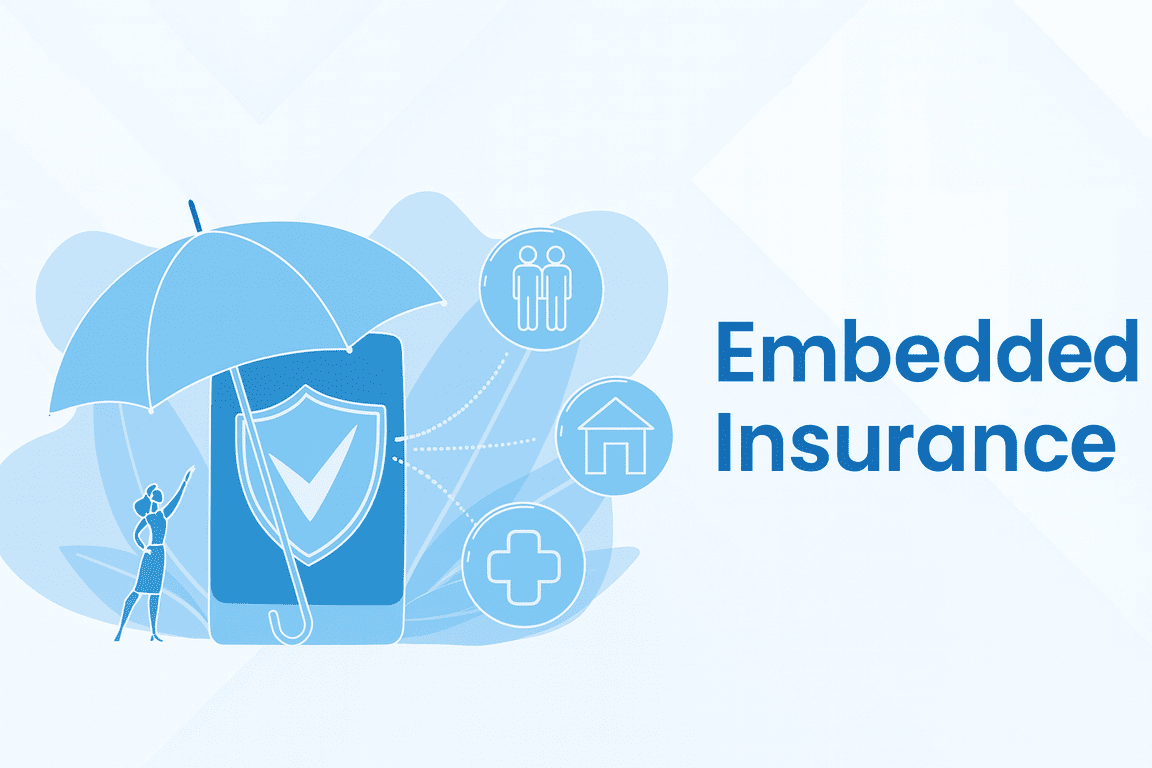Telemedicine gained massive popularity during the COVID-19 outbreak, allowing people to use professional health services without putting themselves at risk of getting infected. However, with all the benefits of telemedicine, this practice is definitely here to stay.
Table of contents:
- What Is Telemedicine?
- When Is Telemedicine Useful?
- What You Can Do with Telehealth
- Benefits of Telemedicine for Patients
- Benefits for Healthcare Professionals and Institutions
- Disadvantages of Telemedicine
- How To Choose a Provider
- Summary
While many conditions require traveling to diagnostic facilities, in many cases, telemedicine can replace medical visits. If you’re interested in this development, stay with us. In this guide, we’re exploring telehealth benefits and challenges, and even more.
What Is Telemedicine?
Telemedicine refers to caring for patients remotely, through telecommunications technologies. In most cases, patients and doctors use computers and mobile devices to communicate via real-time video conferencing. However, some telehealth services providers also offer a messaging option.

When Is Telemedicine Useful?
Telemedicine is useful in various scenarios, especially when convenience and accessibility are paramount, for example, for individuals residing in remote areas with limited healthcare resources. In addition, telemedicine allows patients with mobility challenges or chronic illnesses to consult with medical professionals from the comfort of their homes. Furthermore, telemedicine plays a crucial role in minimizing the spread of infectious diseases during outbreaks.
Still, telemedicine only works well for conditions that don’t require laboratory tests or a physical examination. Sometimes, it can even fully replace traditional care methods, such as psychotherapy.
What You Can Do with Telehealth
Telemedicine technologies allow users to do the following:

- record measurements such as blood pressure, heart rate, blood sugar levels, etc., manually or with the help of a wearable device, and send them to the doctor;
- arrange a virtual visit with your doctor;
- request prescription refills, check test results, and schedule in-person appointments;
- coordinate care between the primary care provider and other specialists;
- receive reminders when you’re due for screenings or routine vaccinations;
- watching elderly patients at home to make sure they sleep, eat, and take medications on schedule.
Benefits of Telemedicine for Patients
It’s safe to say that telehealth services are revolutionizing the way patients receive medical care. By leveraging digital technology, telemedicine offers numerous benefits that make healthcare more accessible, convenient, and efficient. Let’s explore some of the main benefits of telehealth for patients.
Easy access to specialists
One of the major benefits of virtual healthcare is that it removes the barriers of distance and mobility, providing patients with improved access to medical care. Patients can connect with healthcare professionals remotely through teleconferencing regardless of geographical location.
Convenience and time savings
Patients can schedule telemedicine appointments and consult with healthcare providers from the comfort of their homes, eliminating the need to travel to a medical care facility. This saves valuable time and reduces the hassle of commuting, waiting in long queues, and sitting in crowded waiting rooms.
Safety
Another massive advantage of telehealth for patients is that it allows them to consult healthcare professionals without physical contact, minimizing exposure to infectious diseases.
Support for people with chronic conditions
One of the apparent telemedicine benefits is that it enables patients with chronic conditions to receive quality monitoring and management without regularly traveling to the clinic. Through virtual consultations, healthcare providers can assess patients’ symptoms, review treatment plans, and make necessary adjustments.
Accessible psychiatric support
Thanks to telemedicine services, individuals with limited access to mental health professionals can connect with therapists remotely. Telemedicine allows people in need to receive timely mental health services without the need for in-person visits, reducing the risk of exposure to contagious illnesses.
Benefits for Healthcare Professionals and Institutions
While the advantages of telehealth for patients are undoubtedly huge, healthcare professionals can also benefit from using telemedicine platforms. Here are some major benefits of telemedicine for doctors and medical institutions.
Increased efficiency
One of the most significant telemedicine benefits for healthcare providers is that it helps streamline processes and reduce administrative burdens, translating into increased efficiency and significant time savings. In addition, virtual consultations and remote patient monitoring remove the need for travel, allowing medical professionals to see more patients and utilize their time more effectively.
Improved patient engagement
Virtual consultations ensure a more convenient means of communication, allowing doctors to build stronger relationships with patients. Through teleconferencing, healthcare professionals can provide ongoing support and medical education, improving overall treatment outcomes.
Expanded reach
One of the most notable pros of telemedicine is its ability to expand the reach of healthcare professionals. Telemedicine software lets healthcare professionals connect with patients in remote or underserved areas, improving healthcare equity and ensuring that individuals in isolated communities receive the same level of patient care as those in urban centers.
Enhanced collaboration
Telemedicine enables seamless collaboration among healthcare professionals. Through secure telehealth platforms, healthcare professionals can consult with other specialists and discuss complex cases without physical meetings.
Reduced overhead costs
By leveraging telemedicine, institutions can reduce overhead expenses associated with in-person visits, such as staffing, utilities, and maintenance. Additionally, telemedicine enables healthcare professionals to see more patients in a given time frame, generating additional revenue for the institution.
Disadvantages of Telemedicine
While telemedicine offers numerous benefits and conveniences both to patients and healthcare professionals, like any other technology, it has limitations and disadvantages. In this section, we’re taking a closer look at the disadvantages of telemedicine.

Technological limitations
Technical issues, such as poor internet connection, software glitches, or problems with hardware, can disrupt the seamless flow of virtual consultations. This can result in unwanted communication gaps, poor video or audio quality, or even complete session failures, which can interfere with the overall treatment success.
Limited physical examination
While healthcare professionals can assess and diagnose many conditions through virtual consultations, in some cases, accurate diagnosis is impossible without physical examination. Also, patients still have to visit a medical office for imaging and blood tests.
Legal and regulatory challenges
Telemedicine operates within a complex legal and regulatory framework. Healthcare professionals and institutions must learn to navigate various licensing, privacy, and reimbursement regulations specific to telemedicine practices. These complexities can create challenges and uncertainties for providers, leading to administrative burdens and potential legal issues.
Limited scope for emergency care
With the numerous benefits of telemedicine for hospitals and patients, it may not be the ideal solution for emergencies that call for immediate medical intervention. In critical cases, the delay caused by virtual consultations can negatively affect patient outcomes.
Privacy and data security concerns
With the increased reliance on digital platforms and the exchange of sensitive patient information, privacy and data security become crucial concerns in telemedicine. Maintaining patient confidentiality, protecting personal health information, and ensuring secure transmission and storage of data require robust cybersecurity measures.
How To Choose a Provider
Undoubtedly, the advantages of telemedicine outweigh its weaknesses, driving people to try remote care options. With the growing number of telemedicine companies, selecting one that can address your unique needs might be challenging. Here are some factors to consider to help you make a more informed choice:
- Specialties and services. It’s crucial to identify which specific healthcare services will be the most relevant to you. Whether you seek pediatric care for your children or have specific medical conditions that require specialized attention, ensure that the provider you choose offers the appropriate services.
- Insurance coverage. To optimize cost savings, it’s essential to find out which telemedicine providers accept your health insurance plan.
- Communication options. Different people prefer different communication methods. So whether you prefer phone calls, video consultations, text conversations, or email communication, ensure that the telemedicine service you choose offers this option.
- Prescriptions. If you need prescriptions, verify that the telemedicine provider you select offers this service.
Summary
Recent improvements in technology have changed our lives, including how we get healthcare services. Telehealth pros are hard to underestimate — this technology is especially helpful for older adults and patients with chronic conditions who need constant monitoring by a medical professional.
The key benefits of using telemedicine — convenience, cost reduction, improved efficiency, greater patient satisfaction, and enhanced safety — considerably outweigh its disadvantages. As technology continues to advance, telemedicine is likely to play a fundamental role in the future of healthcare.






